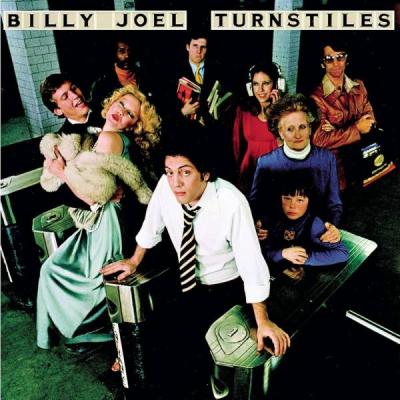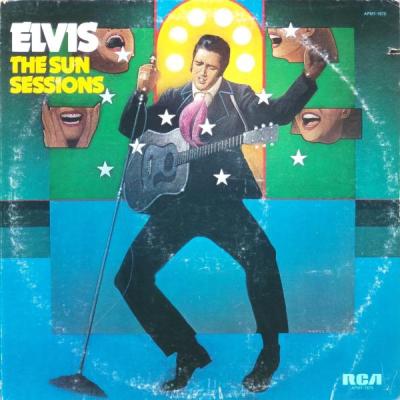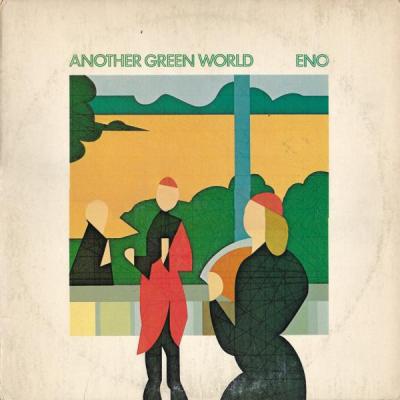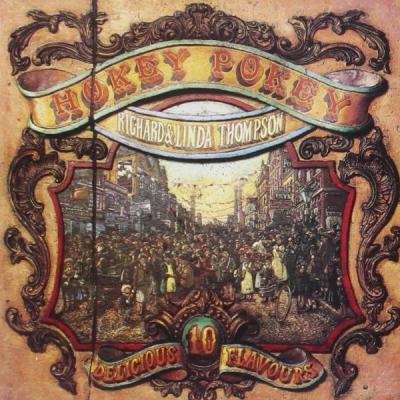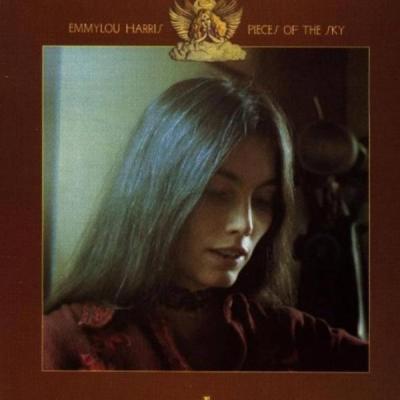

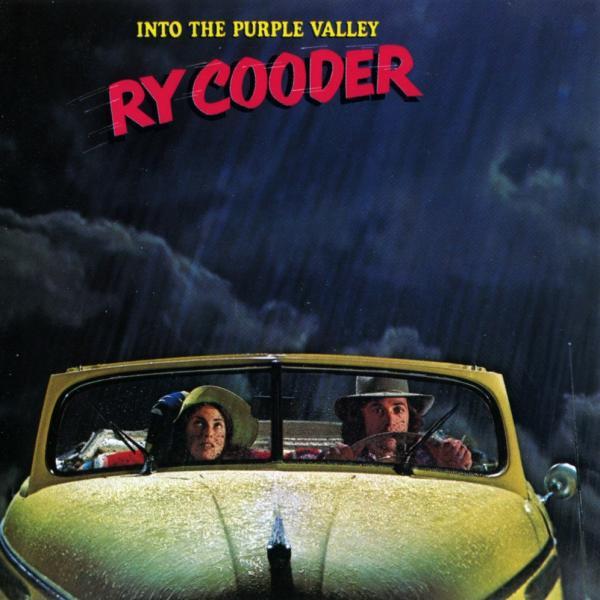
Ry Cooder: Into the Purple Valley
Album #146 - February 1972
Episode date - February 17, 2021
Isn’t it a shame that America needed to be reintroduced to its own culture? From the end of World War I until the onset of the sixties, America moved as if it had no past, focusing so intensely ahead on the promise of its future that our cultural past ceased to have much significance - Ring out the old, ring in the new.
The folk movement may have been a bit flaky, but it did more than anything else I can think of to force America to acknowledge the cultural legacy of our country. Were it not for the folkies and the historians that supported them, we may never have learned about America’s deep blues, or the rich outpouring of traditional music that resided in the outlying areas of our cities. If not for the purists and historians, we might have chosen to ignore something as ephemeral as ‘old-time music.’ Such a fate would have been such a shame, if not criminally ignorant – we are the country that spawned the blues, jazz, R&B, country-western and rock and roll. All of these styles are inter-related, and that inter-relationship predates the recorded era that started in 1900. Thank God there were musicians serious enough to dig deep into our past and revitalize it for the rest of us.
As a young man, Ry Cooder played guitar in a west coast band called the Rising Sons, which featured Taj Mahal as the band’s frontman. After a while, Cooder left the band and started a solo career, doing some brilliant session work for just about anybody who needed him. Cooder was obsessed with arcane Americana, and became something of an expert on the rich history of the Americas. Back then, a hippie mentality had infiltrated the record industry, and Warner Brothers signed Cooder more for his natural talent than for his sales appeal. His first solo album was chock full of forgotten arcana, establishing Cooder as an eccentric who offered little appeal, if any, to mainstream listeners. Besides its esoteric nature, the album was also uneven in its presentation, and sold miserably.
“Into the Purple Valley” was equally esoteric and eclectic, but the production was sharper, and the songs were livelier. Song for song, it was a virtual primer for genuine Americana. Old R&B tunes sat next to Trinidadian calypso songs, with gunfighter ballads and vintage delta blues all vying for attention while blending comfortably with one another.
Most of the songs on “Into the Purple Valley” were headed for certain extinction. “F.D.R. in Trinidad” is a lyrical timepiece reinvented by Cooder, who replaced the tin ‘pan’ drums with acoustic guitars. “How Can You Keep on Moving?” likely would have died with the dust bowl era. “Money Honey” was an old Drifters tune sung by Clyde McPhatter (I can hear crickets when I mention McPhatter’s name to anybody under 50), but completely radically rearranged with a funky beat and a modified melody line. Whatever the original source, Cooder’s mastery of stringed instruments allows him to recreate the music of a bygone era by presenting it as something fresh, with its own unique personality. “Denomination Blues,” “Taxes on the Farmer” and “How Can You Keep on Moving” are all deadly serious subjects, but Cooder breathes life into each performance by singing with humor and irony without sparing any of the pathos. America is a big country with an extraordinary cultural history, and thanks in large part to Ry Cooder, segments that may have been lost are still quite alive and well.
February 1972 - Billboard Charted #113
How Can You Keep on Moving?
Taxes on the Farmer Feeds Us All
Related Shows
- 1 of 19
- ››


